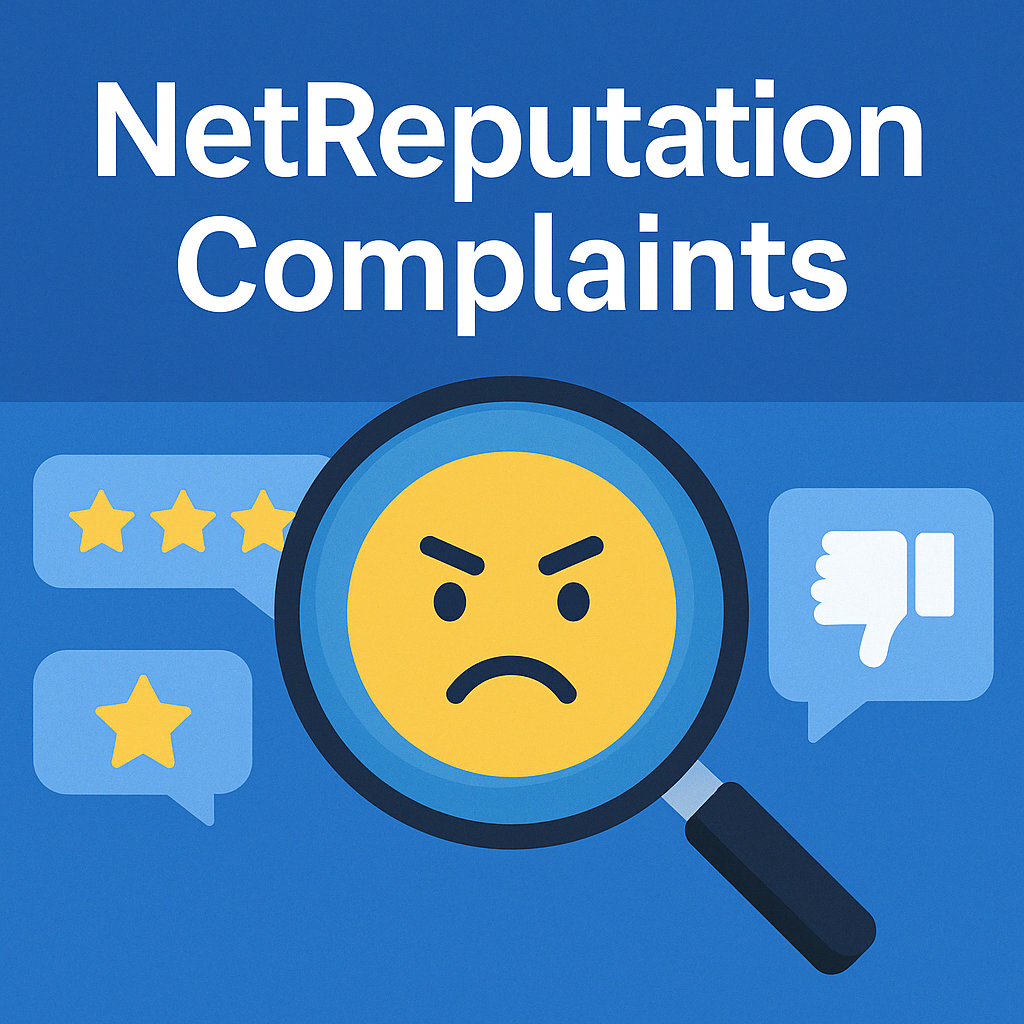Why CEO Reputation Management Matters More Than Ever
The personal brand of a CEO is now intertwined with corporate reputation, valuation, and consumer perception. In an era where a tweet can spark investor panic and an article can derail mergers, reputation is a boardroom asset.
The Ripple Effects of CEO Reputation
- Investor sentiment: Institutional investors research executive profiles as part of risk management.
- Recruitment & retention: High-level talent gravitates toward inspiring leadership.
- Brand perception: CEOs are often the face of mission-driven campaigns, crises, and press.
- Partnerships and M&A: Reputational baggage can complicate negotiations.
- Customer loyalty: A CEO’s image often influences public perception of brand integrity and values.
Research by Weber Shandwick shows that 66% of a company’s market value is attributable to its CEO’s reputation.
Key Elements of Executive Reputation
A well-managed CEO reputation is built across several pillars:
1. Media Presence
Public visibility in trusted outlets shapes perceptions.
- Thought leadership columns (e.g., Forbes, Harvard Business Review)
- Podcast features or interviews
- News coverage for company milestones or philanthropic efforts
- Guest commentary during crises or economic commentary
2. Search Engine Results Page (SERP)
When someone Googles your name, what do they see?
- Positive press or negative scandals
- LinkedIn, Crunchbase, Bloomberg, or Wikipedia pages
- Lawsuits or dated blog posts
- Financial controversies or board disputes
3. Executive Social Media
Social media platforms like LinkedIn, Twitter, and even Instagram are reputation engines. CEOs are expected to:
- Engage with stakeholders authentically
- Communicate during crises
- Share thought leadership
- Demonstrate empathy and corporate responsibility
4. Employee and Internal Sentiment
How do employees describe the CEO on platforms like Glassdoor or Blind? Internal perception eventually leaks into public view.
- Anonymous employee review sites
- Exit interviews and internal satisfaction surveys
- Private Slack channels and industry Discords
5. Speaking Engagements and Recognition
Participation in panels, summits, or awards like Fortune 100 CEO recognition solidify credibility and public admiration.
- Webinars and leadership podcasts
- Institutional investor events
- Public nonprofit affiliations
Common Reputation Threats CEOs Face
- Negative Press or Defamation
- Old Legal Issues indexed in Google
- Corporate Scandals where leadership is blamed
- Off-the-cuff Social Media Posts that age poorly
- Biased Editorials or activist blogging
- Impersonation or Misinformation
- Search Engine Pollution from low-quality content
- Whistleblower leaks and internal disputes
- Personal scandals impacting business trust
- Hacktivism and doxxing threats in sensitive industries
Proactive CEO reputation management means preparing for all of these possibilities—not reacting when it’s too late.
Strategies to Strengthen CEO Reputation
Own Your Narrative Before Others Do
- Register domains with your name (e.g., JohnSmithCEO.com)
- Build a high-authority personal website
- Publish authored articles on LinkedIn and Medium
- Create and manage a personal Wikipedia page (per guidelines)
- Engage with professional forums and thought-leader networks
Build an Optimized Content Ecosystem
- Google Business Profile (if applicable)
- Social profiles: LinkedIn, Twitter, Crunchbase, About.me
- Executive bio pages on company website
- Press releases on company and personal milestones
- Interviews and podcast appearances
- Employee spotlights and public speaking events
Leverage SEO to Dominate Branded Search Results
Use an SEO campaign to:
- Publish high-authority articles about your leadership and achievements
- Secure backlinks to profiles and positive mentions
- Suppress outdated or negative search results
- Target “CEO of [Company Name]” and “[Name] CEO reviews”
Develop a Media and Thought Leadership Strategy
- Submit op-eds to business media outlets
- Accept invitations to speak at economic forums or leadership conferences
- Highlight social causes or philanthropic impact
- Host webinars and fireside chats with other leaders
- Build a quarterly content calendar tied to business and industry trends
Crisis Management for Executives
A PR issue involving a CEO can rapidly escalate. Here’s how to respond effectively:
1. Immediate Triage
- Assess the scope of the issue
- Consult legal and PR teams
- Decide who will speak and when
- Consider preparing two parallel narratives: one for internal teams, one for public messaging
2. Control the Narrative
- Release a public statement quickly
- Distribute messages across owned channels (email, social media)
- Monitor sentiment using tools like Meltwater or Talkwalker
- Ensure all spokespeople are aligned with consistent messaging
3. Search Suppression Strategy
- Publish 10–20 high-quality pieces that emphasize achievements
- Optimize for CEO’s full name + title
- Engage authoritative blogs to issue neutral or counter-commentary
- Submit guest editorials and expert quotes to flood media landscape
4. Monitor and Adjust
- Set up Google Alerts and Talkwalker Alerts for name and brand
- Track Wikipedia edits and news updates
- Regularly check SERPs for changes
- Conduct sentiment analysis on internal platforms to gauge team response
Tools for CEO Reputation Management
Reputation Monitoring & Sentiment Analysis
SEO & Content Suppression Tools
Review and Public Perception Platforms
- Glassdoor
- Indeed Company Pages
- Blind
- Quora for thought leadership positioning
How Optimized Up Supports CEOs
At Optimized Up, we work directly with high-profile executives to:
- Build and protect personal search results
- Remove or suppress defamatory content
- Create customized thought leadership calendars
- Manage executive Wikipedia pages and media kits
- Monitor sentiment in real time
- Prepare reputation insurance plans for crisis scenarios
Our services help CEOs:
- Influence top-page search results
- Become known for thought leadership
- Address controversies legally and effectively
- Build a professional brand across web, social, and media
Request a confidential executive reputation review
FAQ: CEO Reputation Management
Yes, through defamation takedowns, DMCA claims, or negotiation with webmasters. Suppression techniques also reduce visibility.
Mild cases may improve within 3–6 months. Serious issues can require ongoing work over a year.
Yes, for professional authority. Twitter is also powerful for real-time communication and transparency.
Absolutely. Reputation can sway decisions on funding, M&A deals, or board appointments.
Yes. Public trust in leadership is directly tied to brand equity and market performance.
Yes, by registering all domain variations and social handles. Use verified badges and monitor impersonation attempts.
Corporate strategies focus on brand identity. CEO reputation blends personality, leadership, credibility, and public engagement.
MLA Citations:
Weber Shandwick. “The CEO Reputation Premium.” WeberShandwick.com, https://www.webershandwick.com/
Talkwalker. “Reputation Management for Executives.” Talkwalker, https://www.talkwalker.com/blog/executive-reputation-management
Google. “Search Console Help.” Google Search Central, https://search.google.com/search-console
LinkedIn. “Best Practices for Thought Leadership.” LinkedIn Blog, https://www.linkedin.com/business/marketing/blog
Meltwater. “Executive Brand Monitoring.” Meltwater, https://www.meltwater.com/
BuzzSumo. “Content Intelligence & Strategy.” BuzzSumo, https://buzzsumo.com/
Reputation X. “Online Reputation Repair Services.” Reputation X, https://www.reputationx.com/





